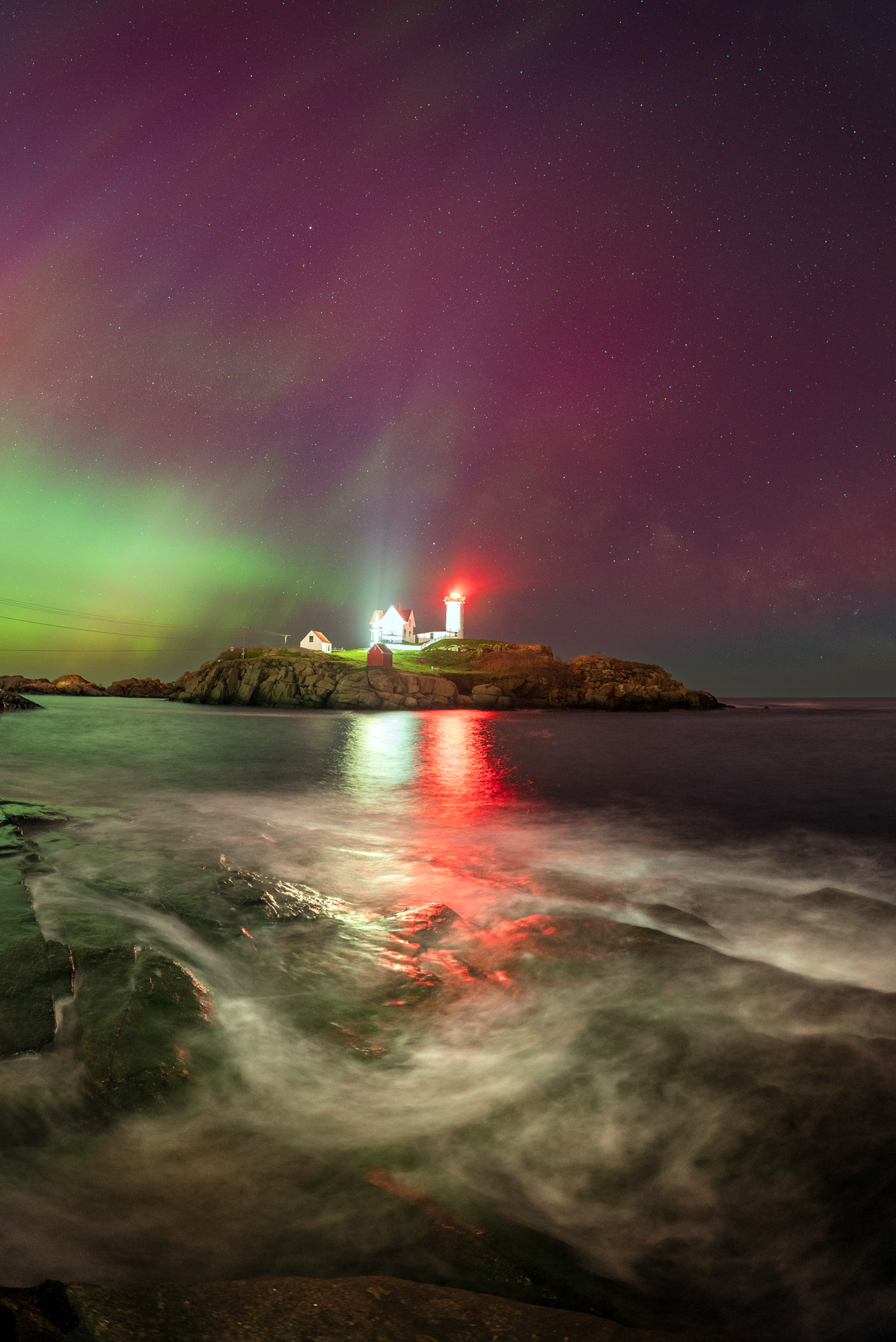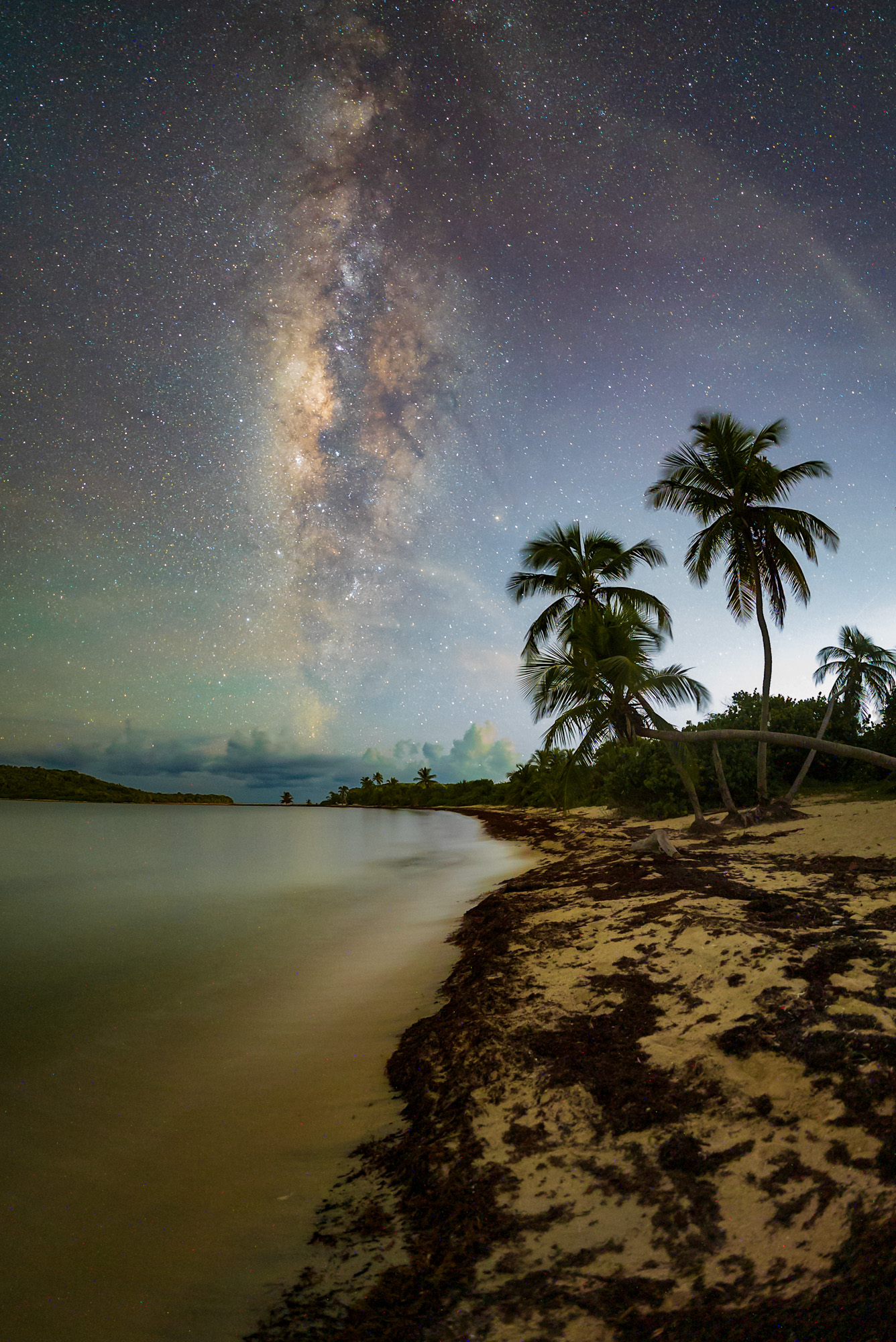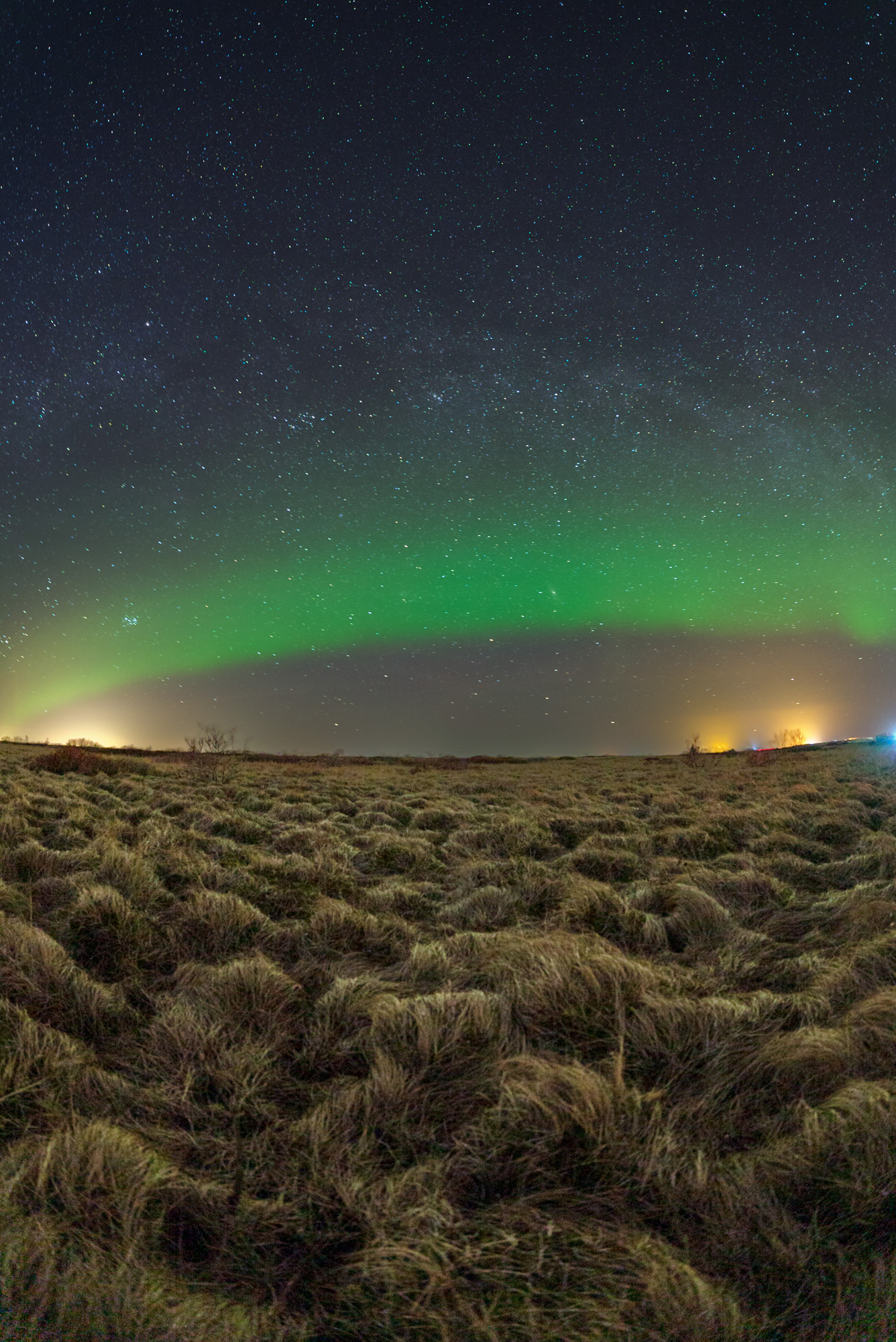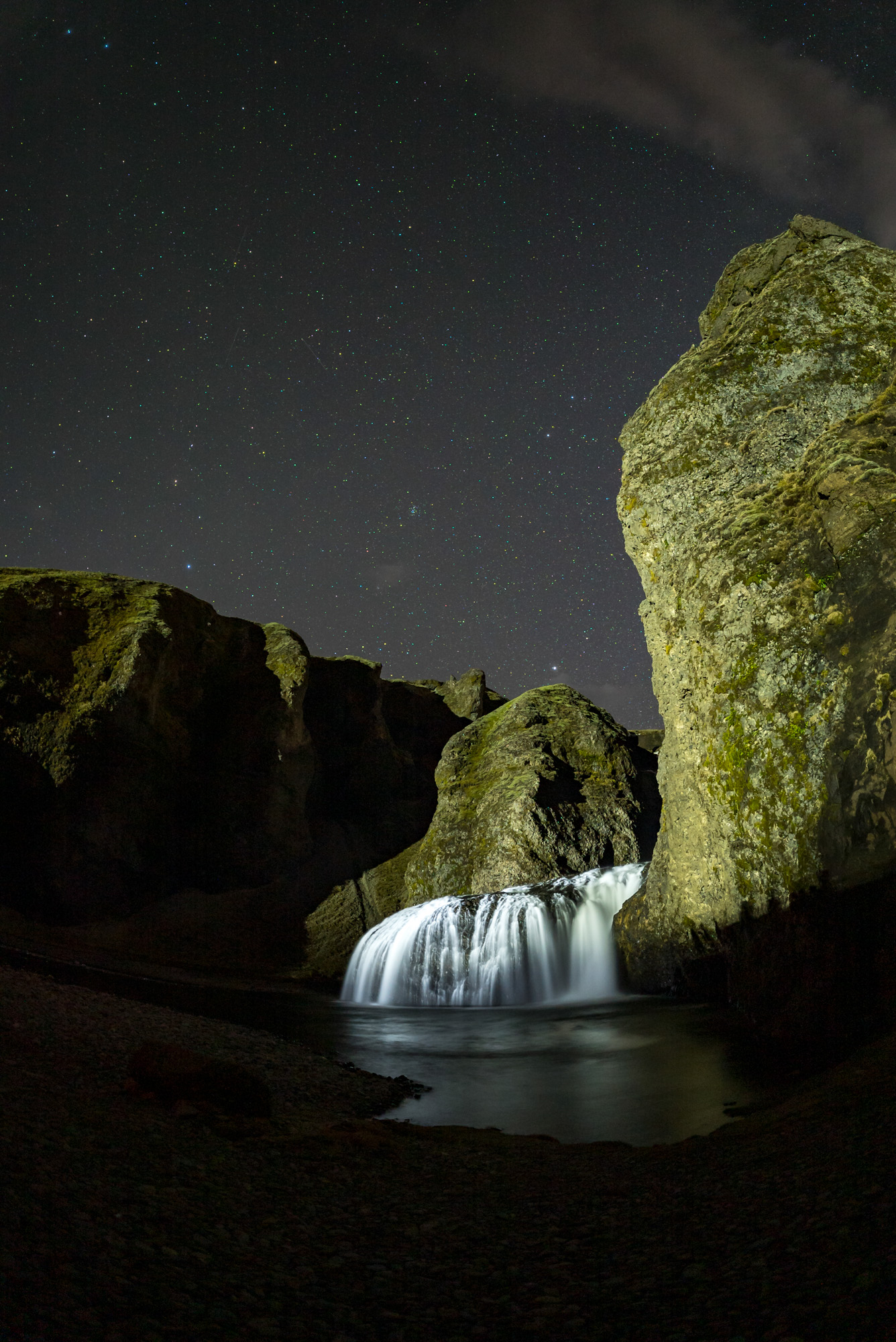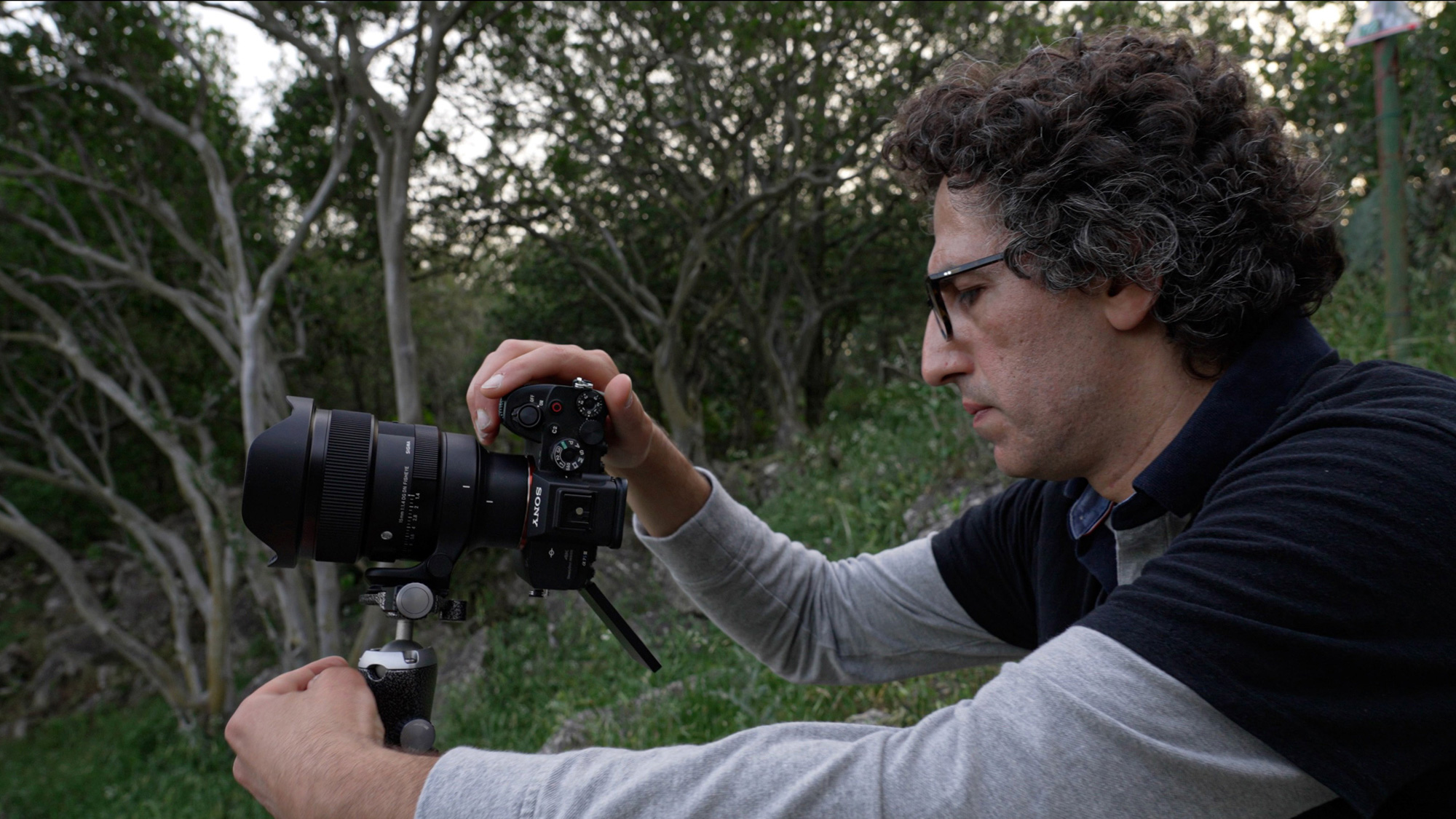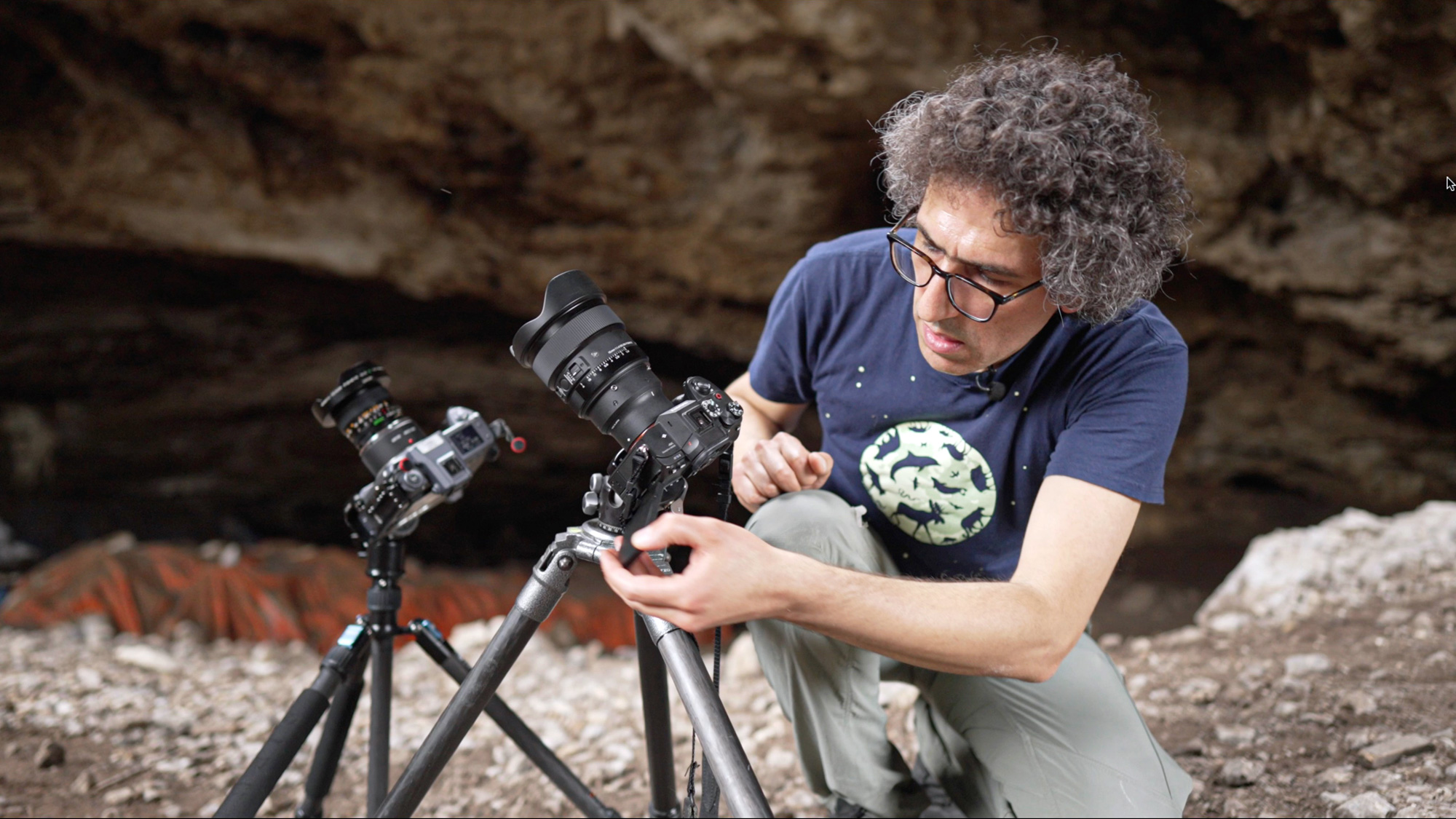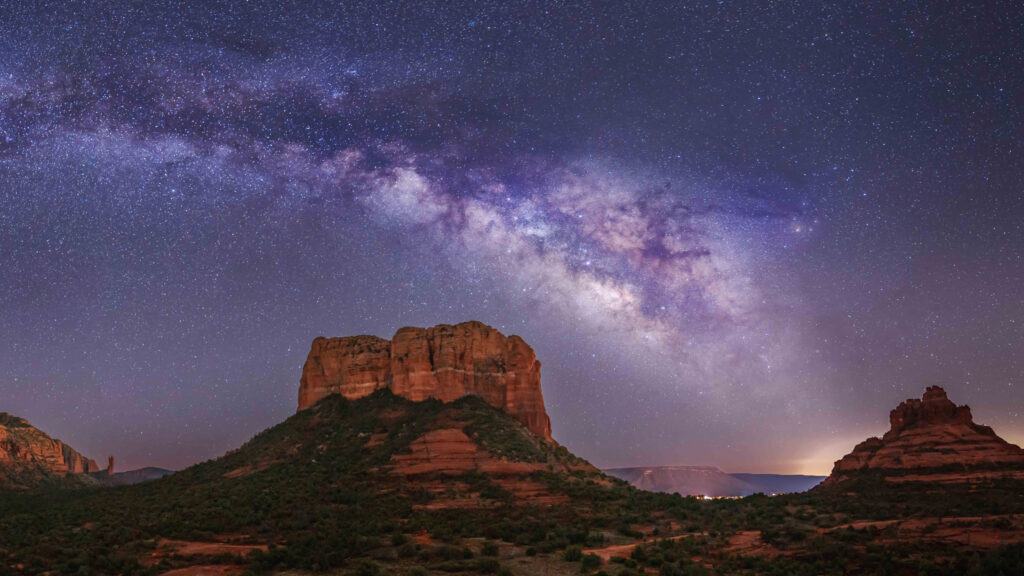I have used fisheyes lenses for nightscape photography almost since the beginning of my career in the 1990s. Although the strong visual distortion made these lenses less popular for traditional landscape photography, there are unique benefits in using them and workarounds to reduce the distortion. For instance, the SIGMA 15mm F1.4 DG DN Diagonal Fisheye | Art lens provides 180° diagonal field of view, almost horizon-to-horizon in the night sky. It covers a nearly 60% wider field than the ultra wide-angle 14mm F1.4 DG DN | Art rectilinear lens that has 114° diagonal field of view.
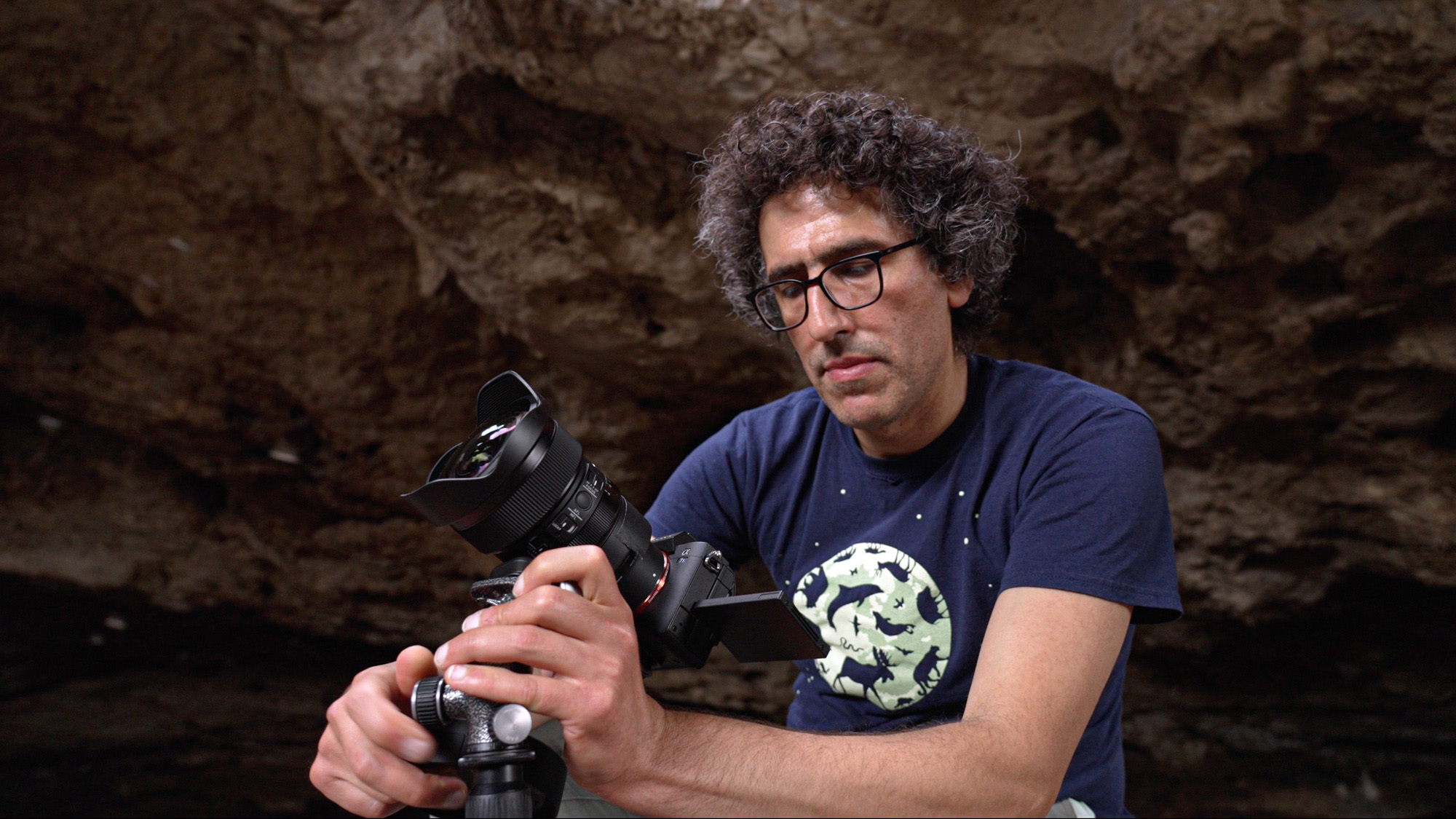
With such an incredibly expansive view, scenes such the rising arch of the Milky Way (in March-June) or a sky-filled aurora are possible to photograph in a single frame. Compared to a rectilinear lens, which tries to flatten the celestial sphere and stretch out the edges, a fisheye lens records a more natural view of the sky and the constellations, matching perfectly with a night map or a planetarium app.
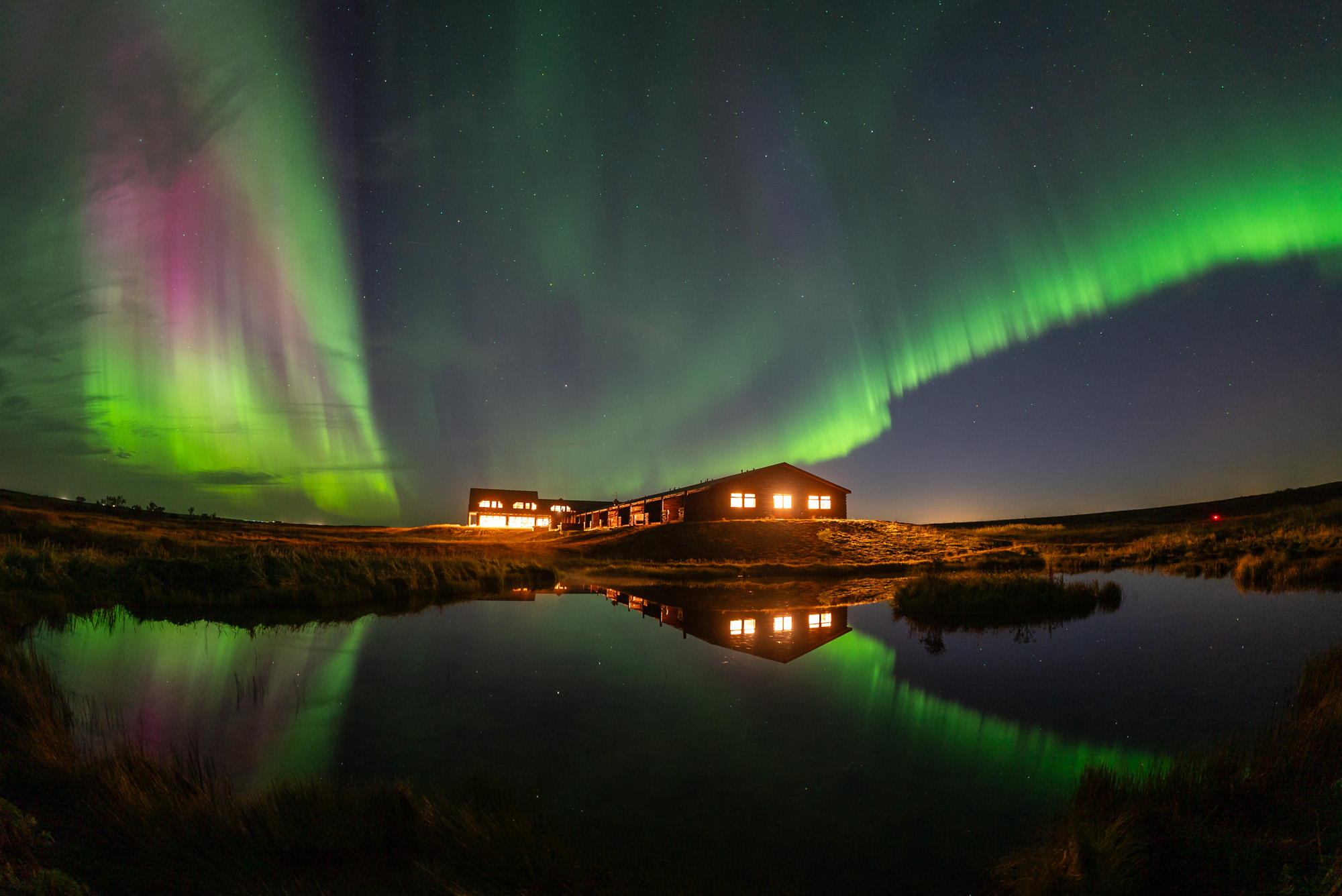
Fisheye lens benefits and challenges
However, a curved horizon that appears in fisheye images does not work for every project. To minimize the distortion, I keep the horizon on the middle line of the frame, instead of the usual 1/3 or 2/3 from the bottom. The fisheye horizon becomes perfectly flat when placed on the middle line. However anything tall and notable on the side edges would still appear distorted. Vertical format images, in particular, are easier to compose with a diagonal fisheye lens, since the horizon suffers from little distortion, while the rest of the image benefits from the expansive field of view.
The other typical problem is composition limit when you have to keep the horizon in the middle. However, this works perfectly fine for timelapse and videos as the 16:9 framing crops out a good portion of the view and brings the horizon closer to the 1/3.
It’s also possible to reduce fisheye distortion in post-processing, by losing a small portion of the field, for example by using the automatic lens correction feature in Adobe Lightroom and Camera Raw applications that works based on the available profile for each lens.
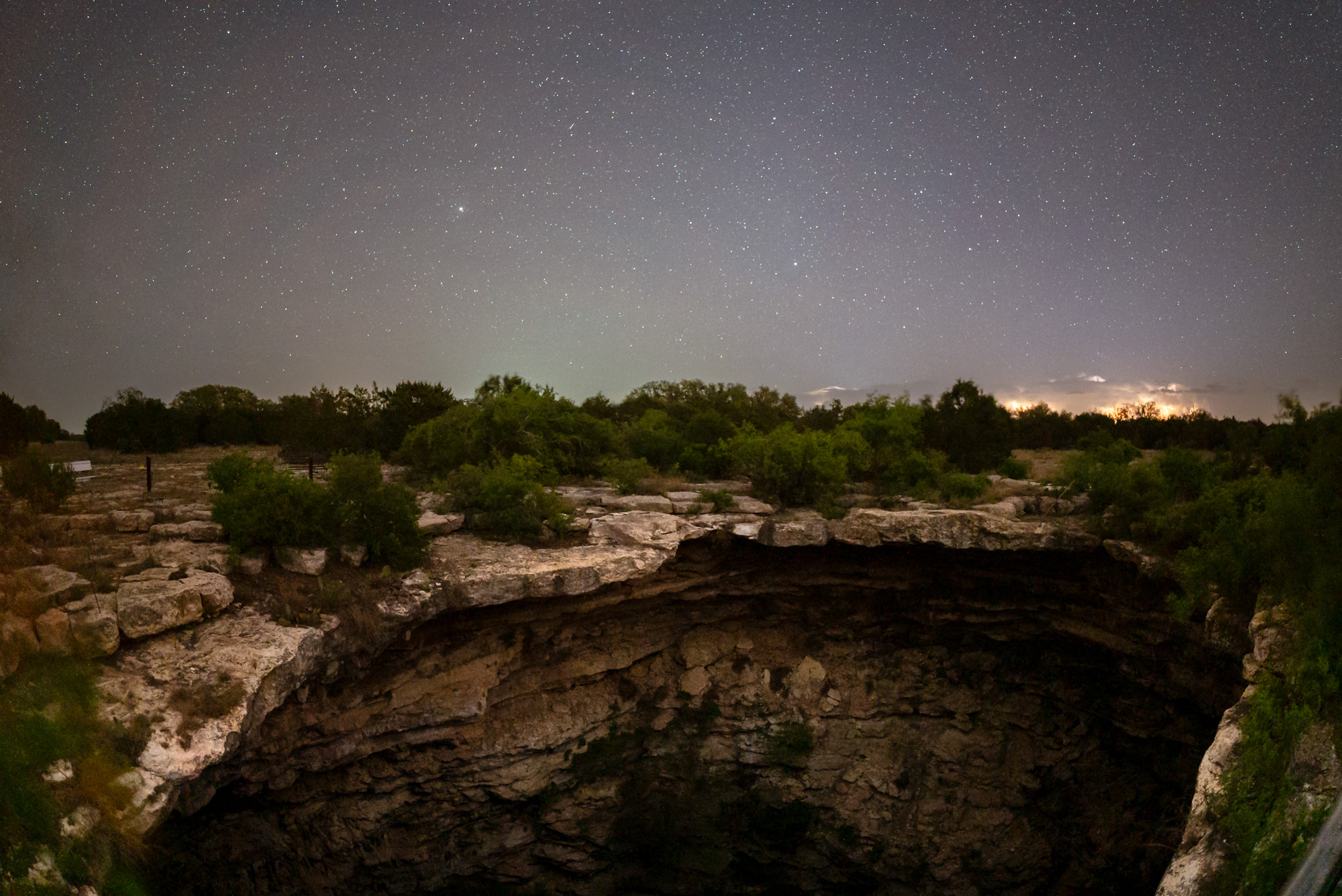
The night sky and far storm clouds above Devil’s Sinkhole in Texas.
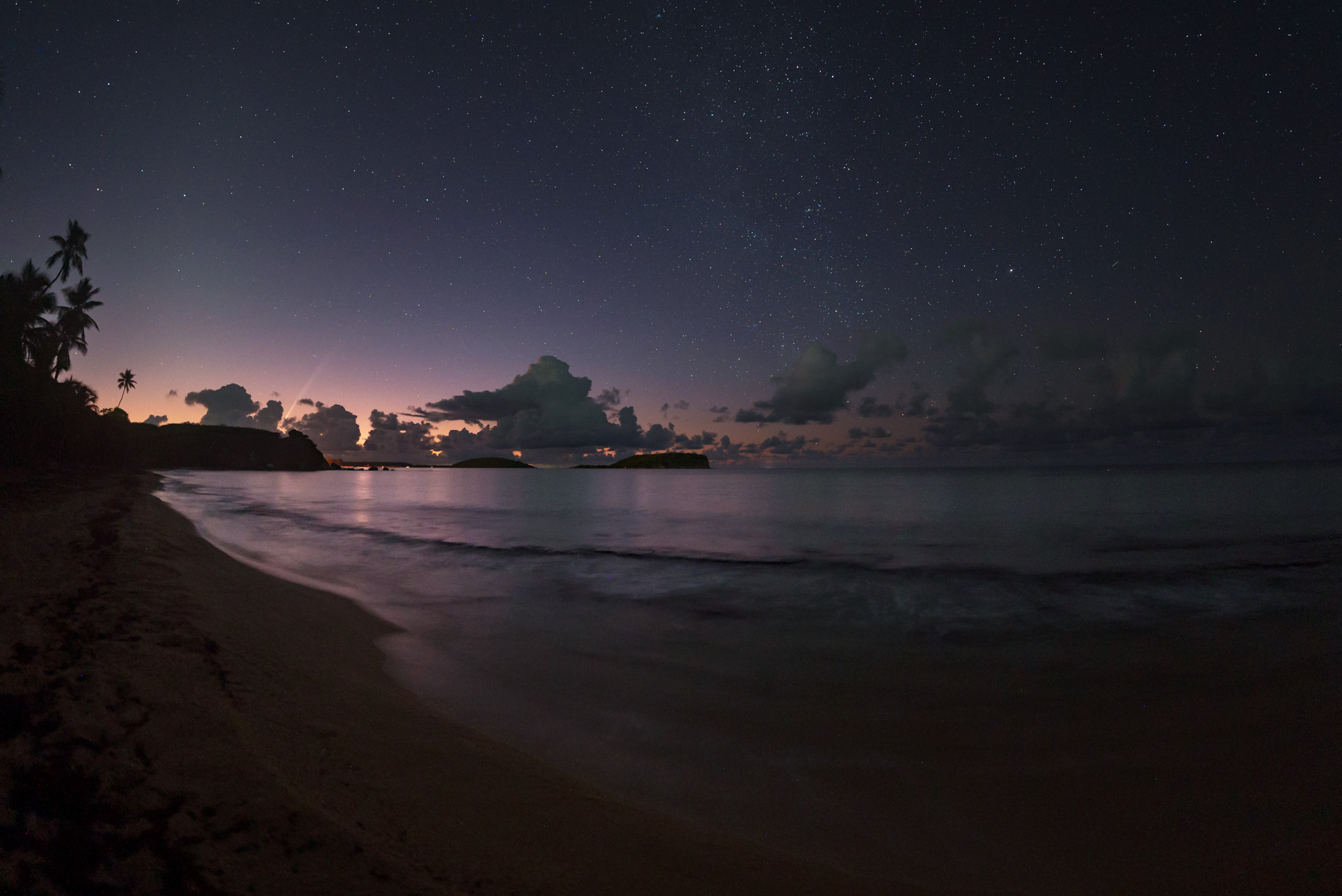
The morning sky of Vieques Island, Puerto Rico, with the rising Comet A3 and the Milky Way.
More use cases for a diagonal fisheye lens
Another great advantage of using a fisheye is to create stitched panoramas, not only to quickly cover a large field of view but also to remove the horizon distortion. When even only two fisheye images are stitched together, regardless of how much horizon distortion appears on each frame, the panorama projection can make the horizon perfectly flat.
Fisheye is also the main lens for any 360 and VR imaging. With the SIGMA 15mm F1.4 DG DN Diagonal Fisheye | Art you can cover 360° around the horizon with only four horizontal images (turning the camera by 90° for each frame) and a fair stitching overlap of about 30% between the frames. To create a complete 2:1 VR, with zenith and nadir points, you would need just eight images. I have created 360 VR of night landscapes with the SIGMA 15mm lens at various locations and would love to share a step-by-step guide on a future blog post.
Fisheye lenses are also useful in wildlife photography. For example, in closeup images (minimum focus distance is just 15.2 inches / 38.5cm) of smaller animals where their environment is also clearly visible in the backdrop, an approach which is not possible with a regular macro lens. In underwater photography, fisheye lenses are useful for over-under photos (split-shot) where the water surface is usually kept near the middle line.
Technical achievements of the SIGMA 15mm F1.4 Fisheye
Fisheye lenses traditionally came with some downsides. They were not available with fast wide-open apertures, usually limited to F4 or F2.8, which is not fast enough for dark environments when the exposure is limited due to a moving subject. And they were not remarkably sharp at wide-open apertures, and often exhibiting plenty of coma and chromatic (color) aberrations and strong vignette in the corners. These are the problems of the past! All major limits of a fisheye lens have disappeared in the SIGMA 15mm F1.4 DG DN Diagonal Fisheye | Art lens. To me, it’s a miracle of technology and lens craft that I can use a fisheye lens at an incredibly fast aperture of F1.4 and still achieve a corner-to-corner sharp image.
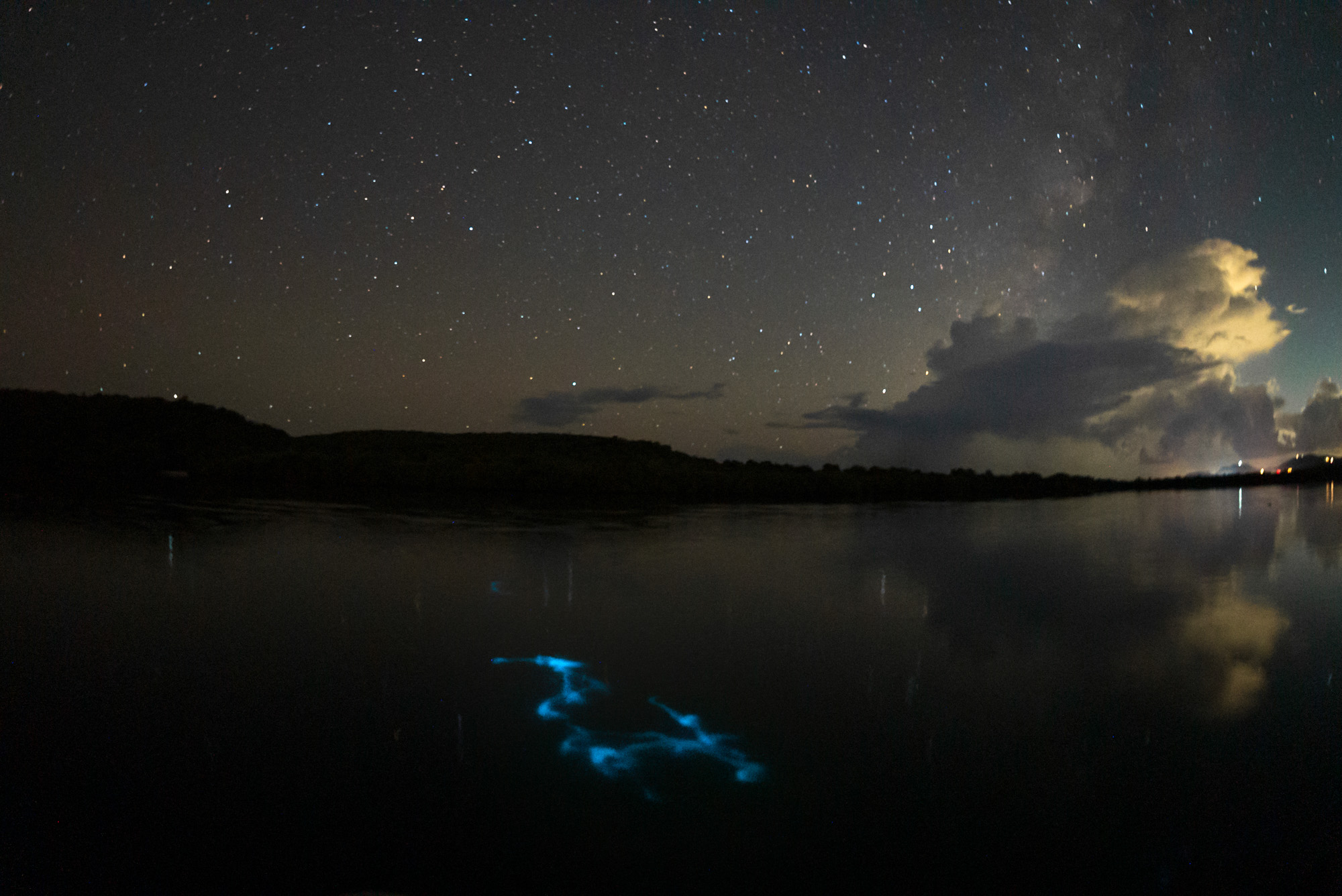
From a floating kayak, this quick exposure reveals the Milky Way above the Bioluminescence Bay in Vieques Island, Puerto Rico. A stingray, approaching the surface, created the glow by triggering planktons.
I have tried the lens on a number of field works for my long-term project with the National Geographic Society: Life at Night Atlas. On these occasions I had to reveal a closeup of an animal with the backdrop of the ambient environment and the night sky. With the aperture of F1.4, there is enough light to record such scenes even in video (using the more sensitive lowlight cameras).
It’s also remarkable how vignette-free this lens is. Even at F1.4, the vignette is remarkably minor, less than 14mm or 16mm ultra wide-angle lenses, even at F2.8! The image circle is large enough that the corners on a full-frame camera sensor still receive plenty of light.
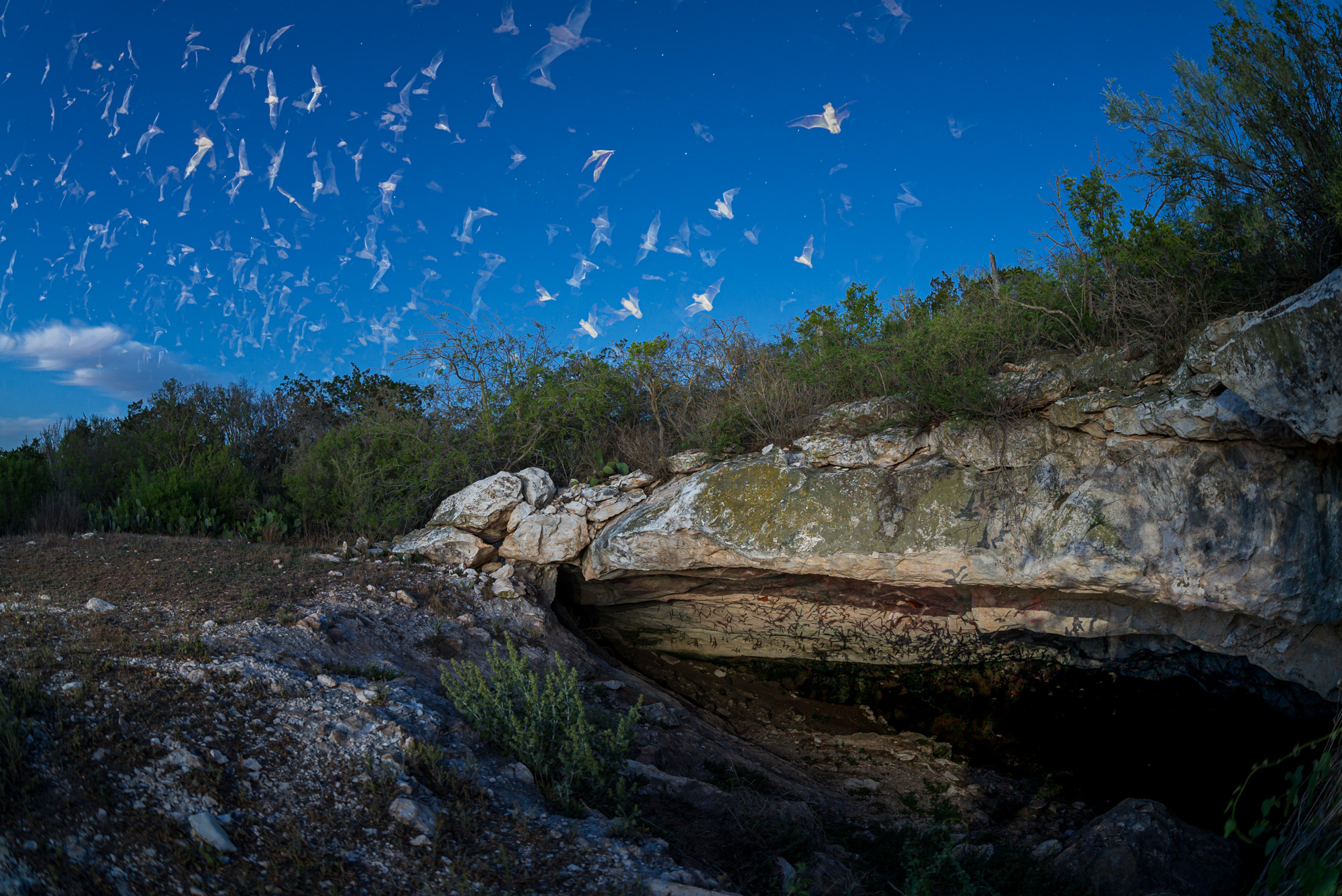
Bats emerging at dusk from a cave in southern Texas, made from two exposures, each 15 seconds. Photographed for Life at Night Atlas, a long-term project with National Geographic Society.
At dark, reaching the perfectly sharp focus on stars or the foreground is challenging as the sensor does not receive enough light to show much in the live view. But at F1.4 there is enough light to see plenty of stars in the live view, especially when digitally magnified with focus assist. I usually start with the brightest star and then fine tune the focus on fainter stars, using the highest available digital zoom. The fainter stars only appear in the view when you reach perfect focus. This method is generally more accurate than using focus peaking.
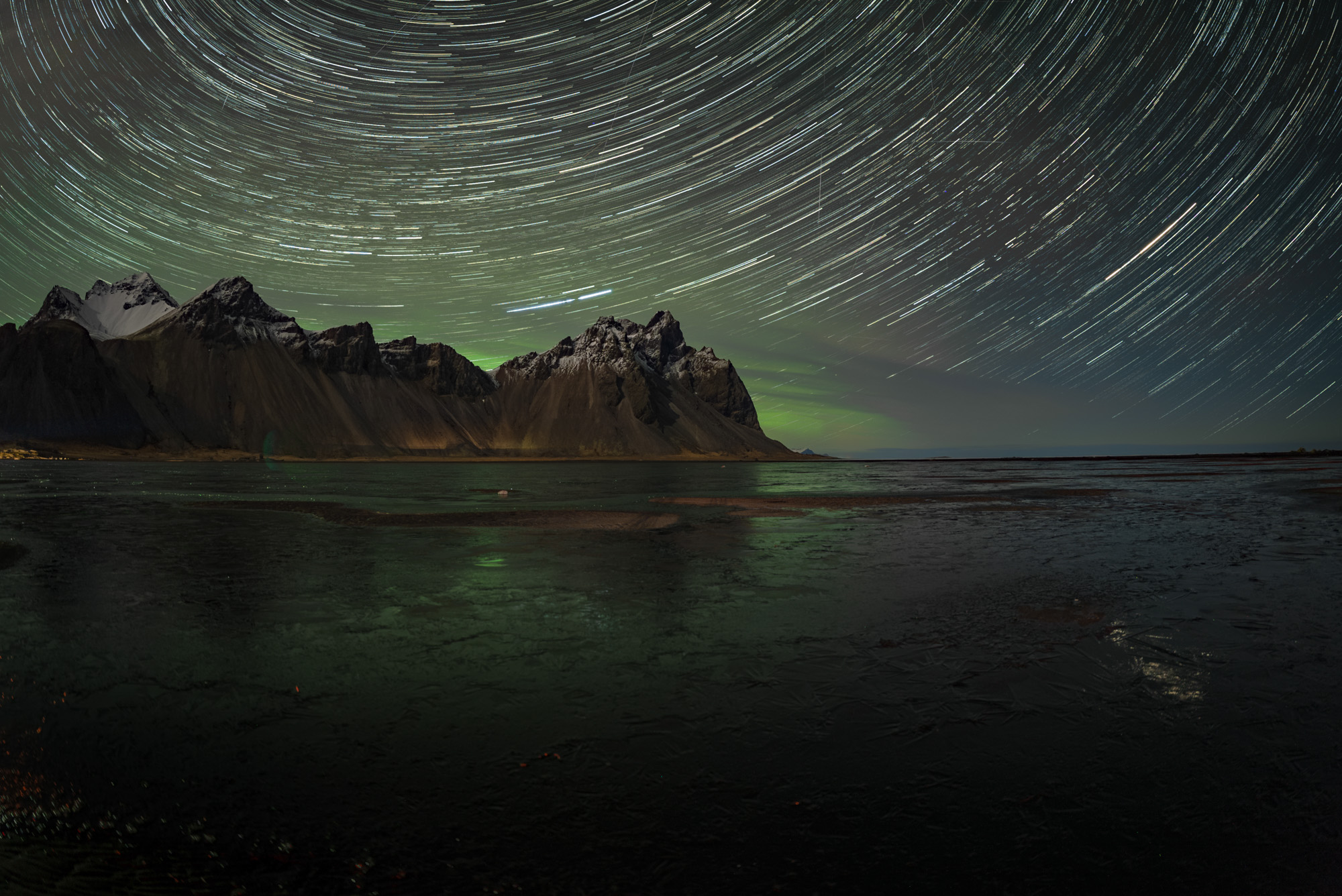
Star trails above Vestrahorn mountains in southeastern Iceland. The total exposure of one hour is made from about 300 photos, each 13 seconds long at F1.6.
For an astrophotographer, another remarkable add-on to this lens is the manual focus lock. With ultra-fast lenses at F1.4, it is challenging to maintain precise focus. A minor touch to the focus ring while you are moving the tripod can make the image notably out of the focus. The focus lock switch on this lens (and a few other prime SIGMA Art wide-angle prime lenses) is essential to night sky photographers, as well as to filmmakers.
This is a relatively heavy lens and the included tripod socket is truly important. Not only for the setup balance and to protect the camera lens mount, but also to quickly shift from horizontal to vertical framing, and to perfectly level the horizon without touching the tripod head.
Initially, I was hesitant to carry this three-pound lens on my projects that need long walks at night, but it quickly became an essential lens on every single occasion. It allows creative possibilities that were not on my technical horizon before. In the past year, I have used this lens in multiple countries, from recording the aurora above Iceland and Maine, to bat caves in Texas, from fireflies in my backyard to the night sky above Costa Rica (below).
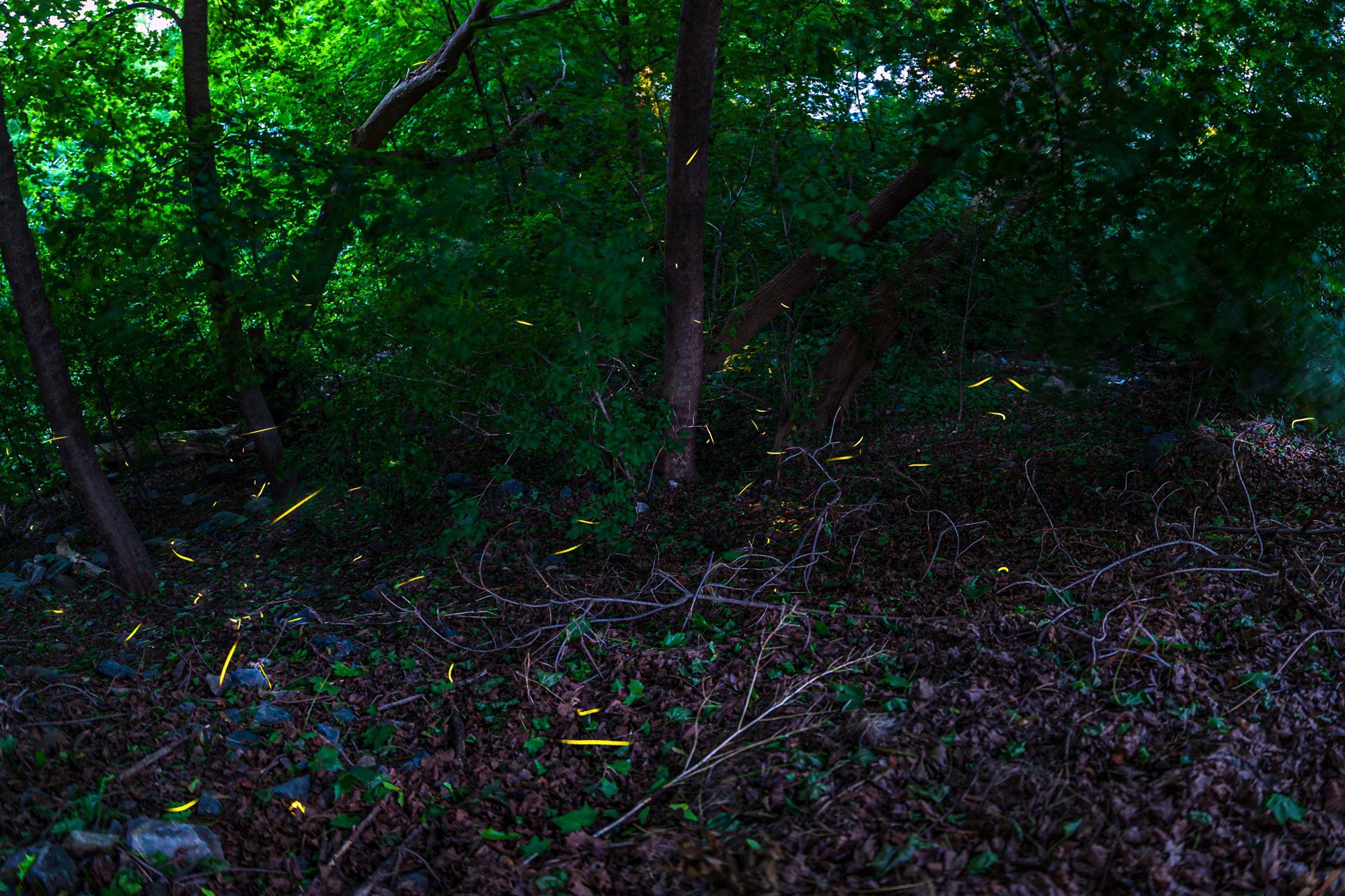
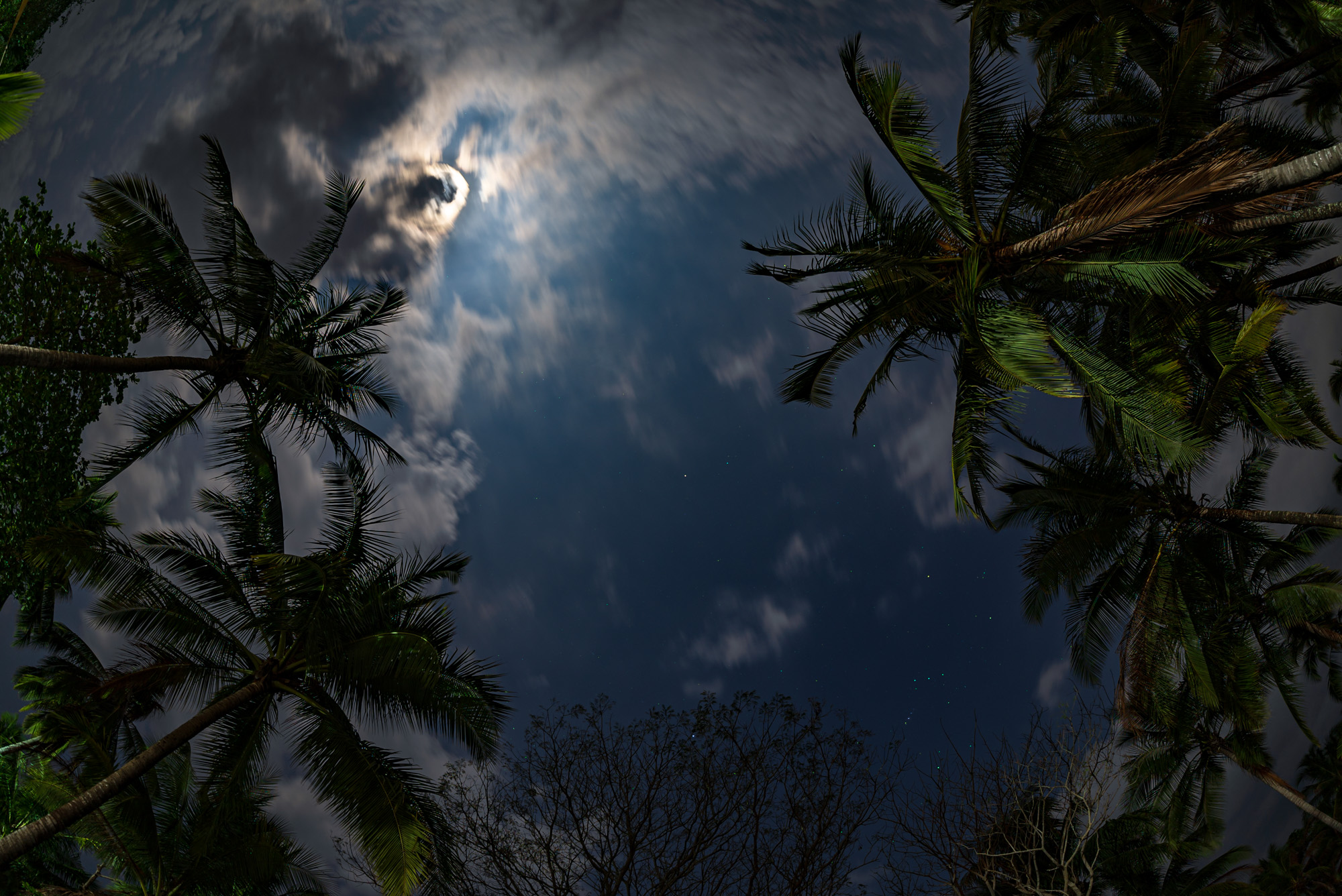
Should you get this lens?
I do recommend this lens to a photographer or videographer who is looking for incredibly wide landscape views at tack-sharp quality, especially in low light environments. I also recommend it for panorama imaging, VR production, and timelapse videos.
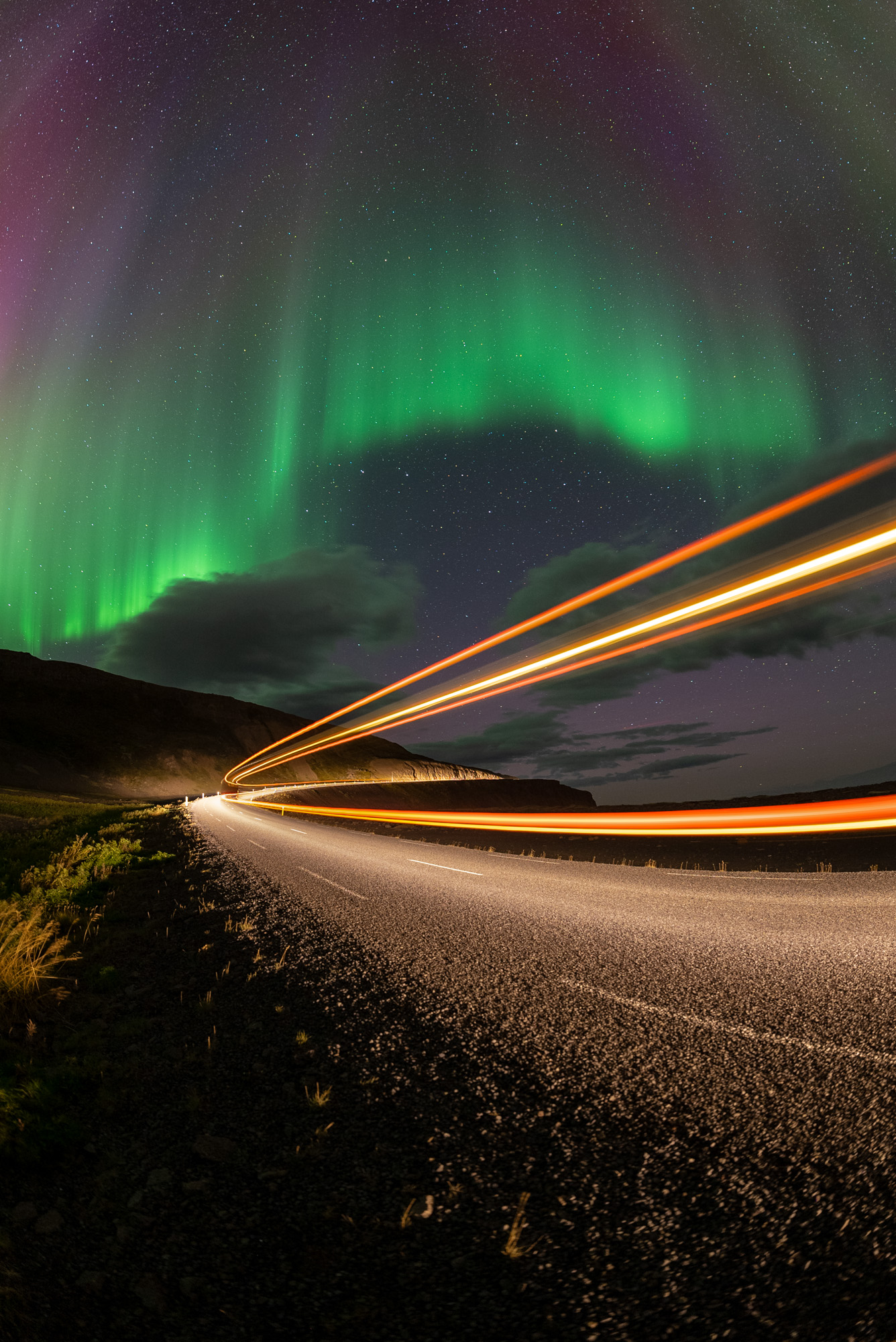
Shop for the SIGMA 15mm Fisheye:
